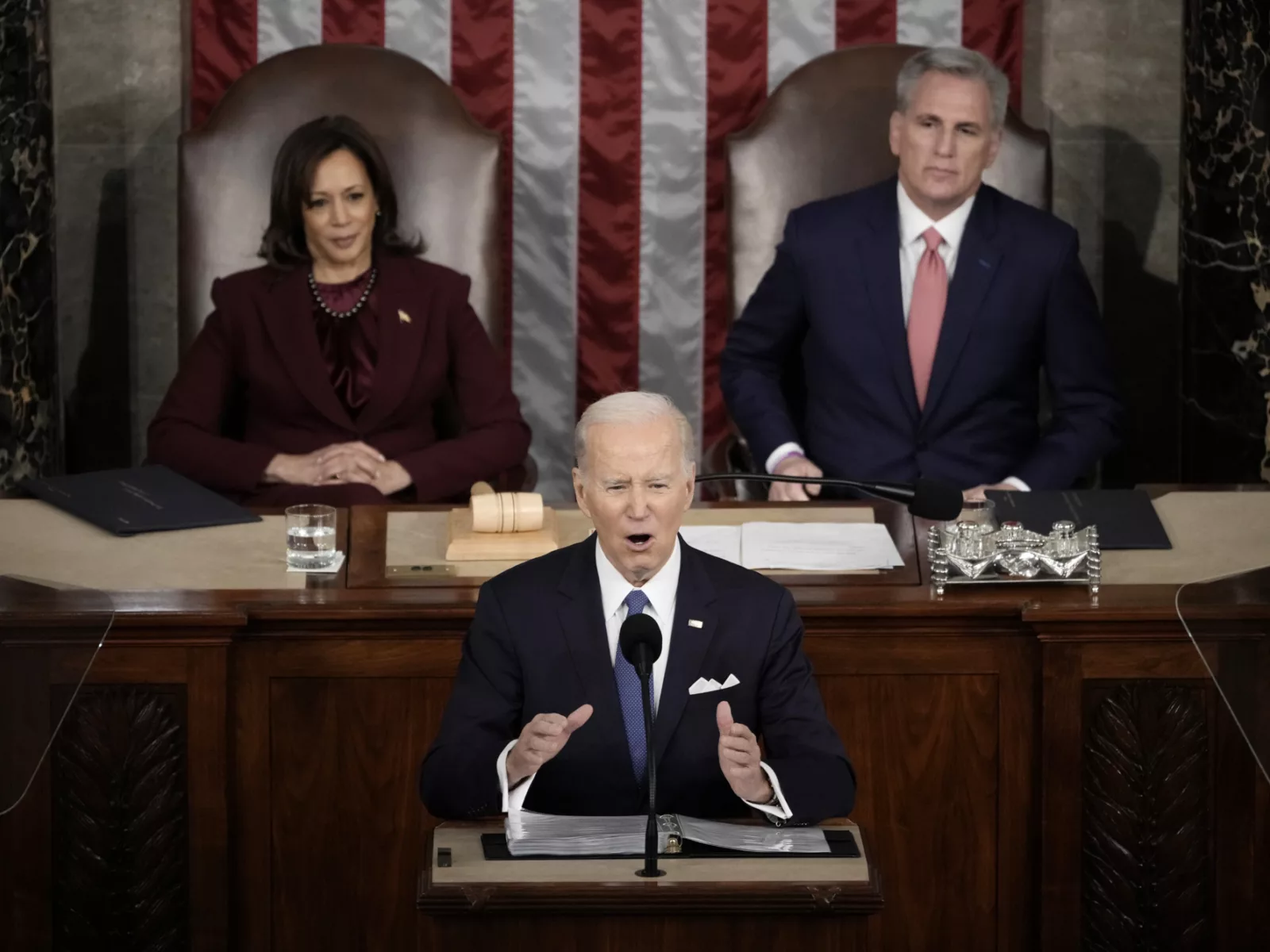We know health care prices are rising, and that the prices hospitals charge employers and families are a key driver of commercial market health care costs — but how do state policymakers looking to address this issue decide what prices are fair? Answer: They look at the evidence.
A new hospital cost tool from AV grantee The National Academy for State Health Policy (NASHP) provides key evidence to inform the state policymakers and employers looking to contain high and rising hospital prices. The Hospital Cost Tool showcases data on 4,600 hospitals nationwide for the period from 2011 through 2019 so policymakers can better understand hospital finances, including the prices they charge and their costs, revenue, and payer mix.
The tool arrives at a time the average family insurance premium costs $22,221 a year — as much as a new car — and nearly 1 in 5 adults in the U.S. owes medical debt. In response, states like Massachusetts are making moves to hold certain hospitals accountable for their role driving in health care prices higher. In the Commonwealth, a state commission announced it would require Mass General Brigham (MGB), one of the state’s dominant health systems, to develop and implement a first-ever cost savings reform plan.
Cost of the average family insurance premium, as much as a new car every year
“The Hospital Cost Tool will help support state policymaking efforts to address high prices in the commercial market at a time families need help more than ever,” said Arnold Ventures Director of Health Care Hunter Kellett.
A critical data point the new tool sheds light on is the “commercial breakeven” point — the price a private insurance plan would need to pay a hospital to cover its expenses. This key metric shows not only if — but by how much — individual hospitals are overcharging private insurers, ultimately driving up costs for patients, employers and taxpayers.
“The tool is a boon for state policy development to contain rising prices,” Kellett said. “Policymakers can now see financial data on hospitals in their state, allowing them to push back on the industry’s talking points and design state-specific policy solutions.”


















